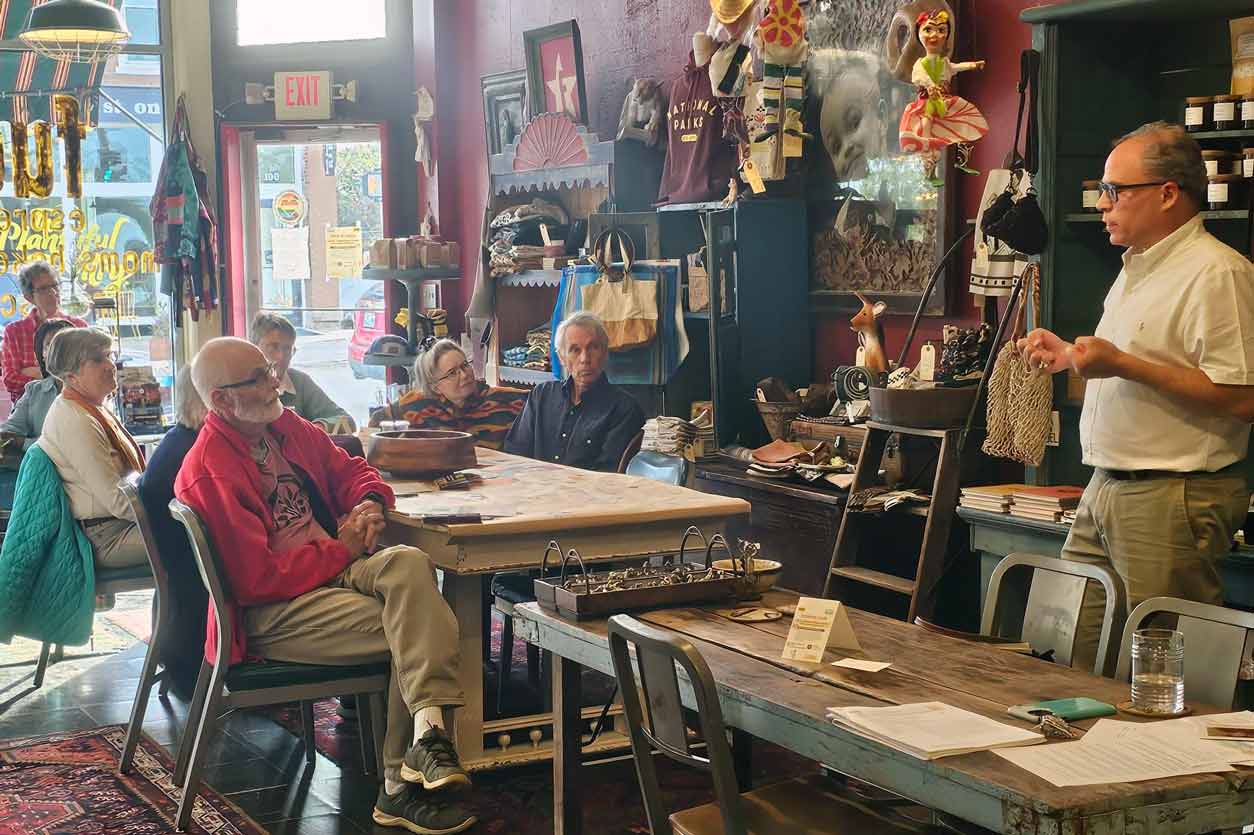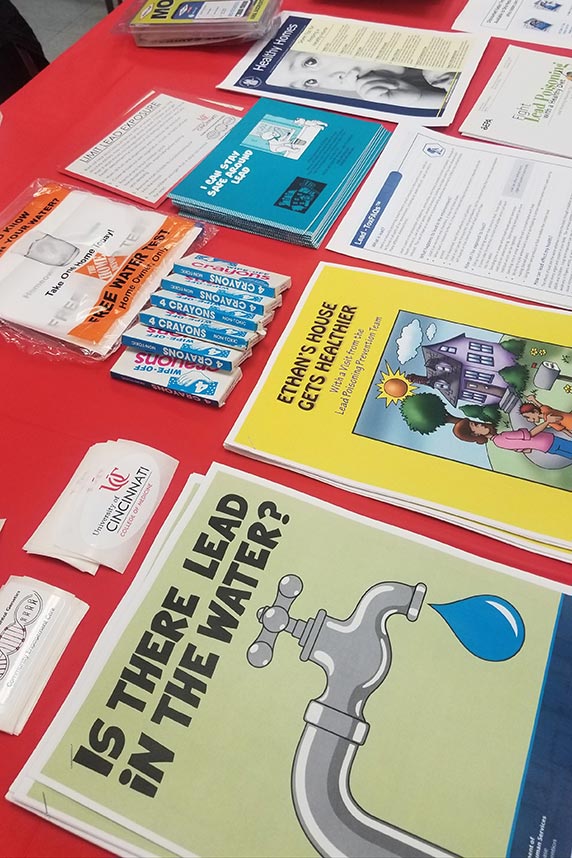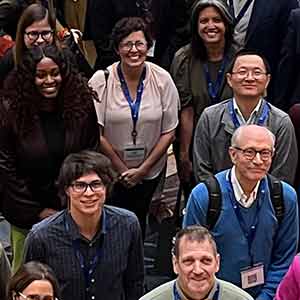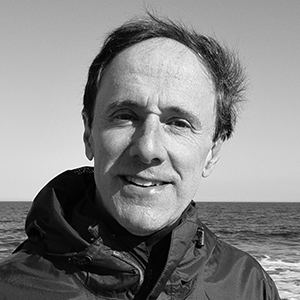Science cafés are just what the name implies: casual events where scientists and the public hang out and talk about science. Naturally, the former do most of the talking with the latter asking questions. But in the more than 25 years since the first science cafés were held in France and the United Kingdom, these events have increased in popularity worldwide.
The goal of a science café is to provide an opportunity for the public and scientists to interact in a relaxed setting to make science more accessible. Adult audiences are usually the target, although in recent years teen science cafés have also sprung up.
Although science cafés come in all shapes and sizes, the basic structure involves a brief talk from a recognized expert followed by a question-and-answer (Q&A) session.
Speakers are usually recruited from local universities or industry, but discussion topics are usually solicited from the local community. In addition to cafés, venues can include bars or restaurants to libraries, bookstores, museums, and even movie theaters. Admission is usually free.
Three science cafés have been created by NIEHS-funded Environmental Health Sciences Core Centers at the University of Arizona, University of Cincinnati, and University of Iowa.

“Science cafés serve as a valuable connection point between Environmental Health Sciences Core Centers and the communities they serve,” said Claudia Thompson, Ph.D., chief of the NIEHS Population Health Branch.
She added that such community engagement approaches strengthen and promote dialogue among community partners and center members. Although these cafés serve to translate and share center research results into information community members, decisionmakers, public health professionals, and educators can use to protect and improve public health, they are also critical for the center members to understand what issues are of concern to communities.
University of Arizona
Paloma Beamer, Ph.D., directs the Community Engagement Core (CEC) that runs the science café program for the NIEHS-funded Southwest Environmental Health Sciences Center (SWEHSC) at the University of Arizona.
SWEHSC has used science cafés, held throughout Southern Arizona, to make environmental health curricula and lessons available to teachers, health care providers, community members and students.
“We choose topics based on feedback from community outreach efforts,” said Mayra Vargas, a member of the CEC. “Ensuring that the topics are timely and relevant to the community's interests is key to the success of the series.”
To learn other tips for success in creating a science café, see the sidebar.
University of Cincinnati
Michelle Burbage, Ph.D., co-leads the NIEHS-funded Community Engagement Core at the University of Cincinnati’s Center for Environmental Genetics, which hosts Environmental Health Science Cafés (EHSC).
Like most programs, they prefer accessible public places, like libraries and pubs, and afternoon or evening hours.
Topics have included lead in homes, uranium exposure, mold, water contamination, air pollution, and even a café at a screening of the movie “Dark Waters” to answer questions about the health effects of exposure to PFOAs.

“Communities can propose a topic via our website or our Stakeholder Advisory Board (SAB),” Burbage said. SABs identify local environmental health concerns and mechanisms to provide education and outreach.
“It’s a great way to educate the public as well as learn about their environmental health concerns,” she said. “We want our researchers to better understand what communities are really concerned about.”
Evaluations are key, she added. “This can sometimes be overlooked,” she said, “but evaluations provide insight into the effectiveness of EHSCs and increase the public’s confidence in environmental health science.”
University of Iowa
The Environmental Health Sciences Core Center at the University of Iowa (UI) created its first science café in 2013, working with the Institute for Clinical and Translational Science. CEC Director Brandi Janssen, Ph.D., and CEC Program Coordinator Jackie Curnick even co-wrote a paper about their experience.
The UI Core Center hosts science cafés at Fuel Café in the small town of Mount Vernon. Presenters are often UI Core Center scientists, and agriculture-related issues are often featured, reflecting the area’s farming economy.
Researchers are limited to a 20-minute presentation without slides, followed by audience Q&A, according to Curnick.
Janssen and Curnick also tracked how people shared what they learned. They found that information from a science café on water quality later came up during an environmental health needs assessment focus group the following month, where an attendee shared a story she learned from friends who attended the science café.
To learn more about the UI science cafés, visit this webpage.
Citations:
Jansen B, Curnick J. 2022, Evaluating knowledge transfer after a science café: a qualitative approach for rural settings. Sci Educ Civ Engagem 14(1):64-76.
Nielsen KH, Balling G, Hope T, Nakamura M. 2015. Sipping science: the interpretative flexibility of science cafés in Denmark and Japan. East Asian Sci Technol Soc 9(1):1-21.
(John Yewell is a contract writer for the NIEHS Office of Communications and Public Liaison.)









